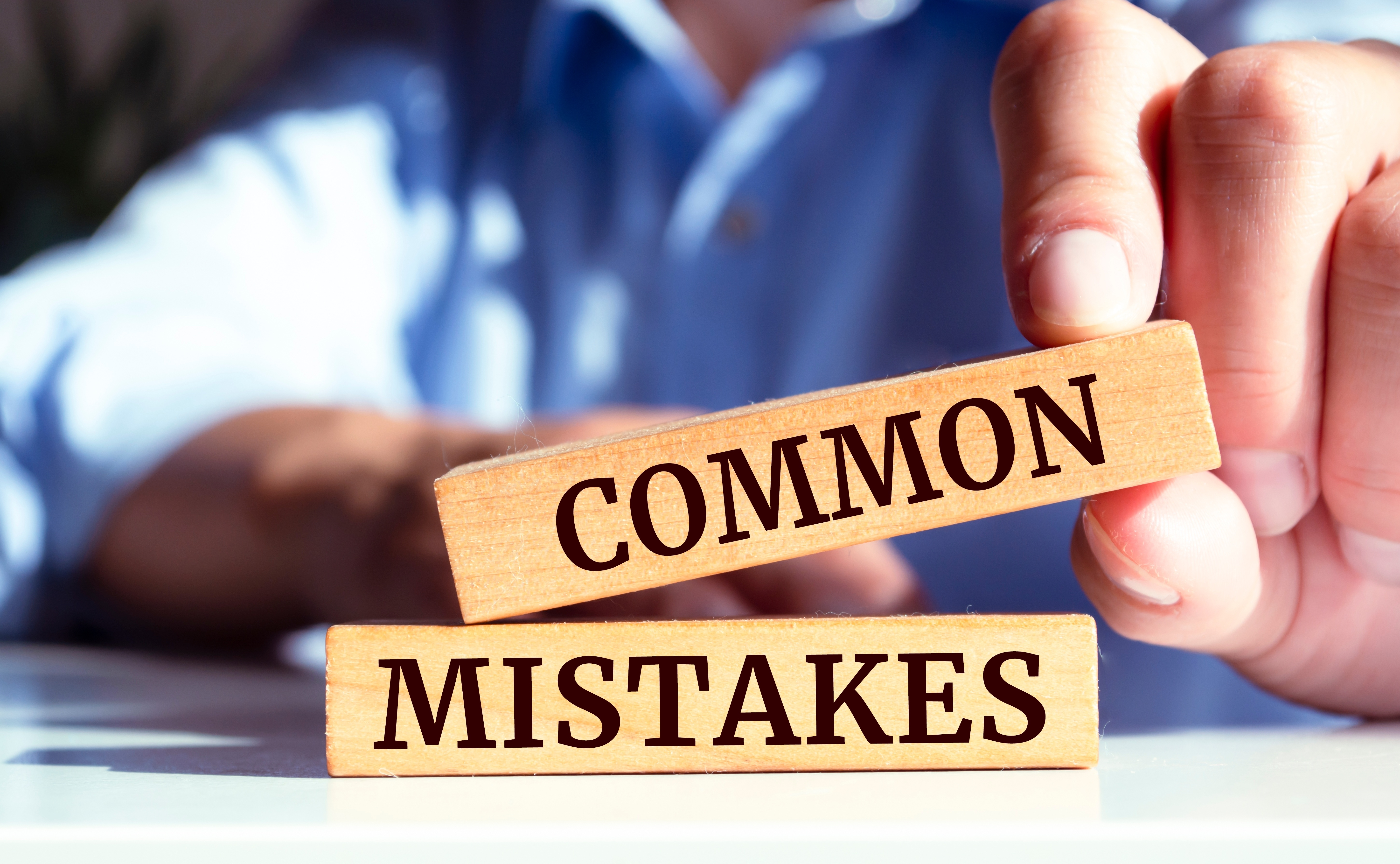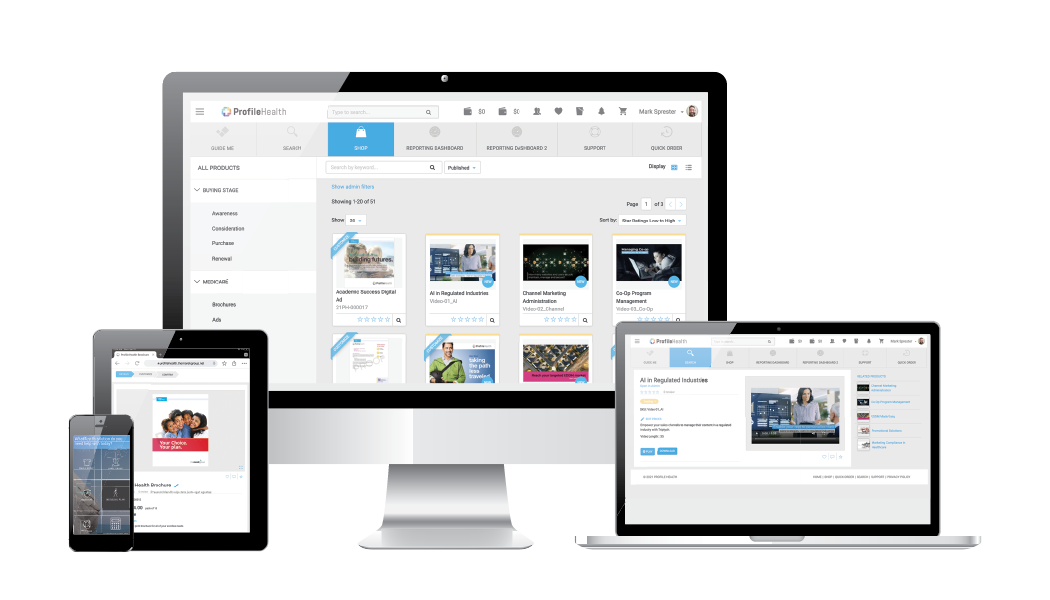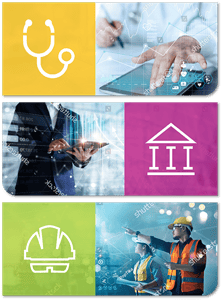3 min read
Top 10 Mistakes When Choosing a Sales Enablement Software
 Jay Thomas
:
April 6, 2020 at 10:25 AM
Jay Thomas
:
April 6, 2020 at 10:25 AM


Mistakes are a fundamental part of life. They are inevitable and necessary—without them, we may never learn some of the most important lessons life has to offer. That doesn’t mean that you need to make them all personally. Sometimes it’s nice to take an indirect approach and learn through the experiences of others and reduce the number of mistakes you add to your personal record. Choosing a sales enablement software is one instance in which you certainly want to learn from others and minimize the risk for your organization. Here are 10 commonly made mistakes when choosing sales enablement software.
#1 Choosing software that has rigid metrics reporting
Software that measures data is not the same as software that measures the right data. You have unique problems that you’re hoping to solve by integrating a sales enablement software. Make sure to look for one that can collect data on the metrics that are important for measuring your progress. A one-size-fits-all metrics recording system may not cut it. Ideally, the software should be malleable—easy to adapt to your current and future goals.
#2 Not including your sales reps in the selection process
It’s called sales enablement software for a reason. As SiriusDecisions articulates in Sales Enablement: Measuring Its Impact, “transferring knowledge to sales reps, and then helping these reps more effectively share this knowledge with customers and prospects is the mission of sales enablement.” If the software meets marketing needs but isn’t compatible with your sales team this mission is doomed to fail from the start. Collaborate with your sales department to establish the top priorities and goals to consider when investigating a sales enablement software and include sales department members in demonstration and decision-making meetings.
#3 Forgetting to consider customization capabilities
Customization cannot be stressed enough. You need to know that the software you choose can grow with you on both small and large scales. Your sales reps need the software to support the customization of materials on a day-to-day basis. This helps ensure that they have the most updated and relevant sales content available for every sales meeting. Your organization needs a platform that encourages user feedback and utilizes it to improve existing functions and implement new features. A sales enablement software that doesn’t prioritize advancement themselves will only hinder your development.
#4 Overlooking compliance (or lack thereof)
With customization comes concerns regarding compliance. The age-old adage of sales reps ‘going rogue’ can quickly become a reality if the sales enablement software you choose doesn’t have (at the very least) effective steps for verifying compliance. If you want to make the most of your sales enablement software, find one that offers automated compliance. (Hint: that’s us!)
#5 Failure to assess integration potential
Using software tools can increase efficiency, improve accessibility, and automate repetitive tasks if used correctly. If mismanaged, too many software tools can cause clutter and confusion and create unnecessary work. It’s important to consider the potential for integration when looking for sales enablement software. If you have an existing CRM or ERP, it’s likely beneficial to consolidate these tools into one easy to access platform.
#6 Neglecting accessibility requirements
Speaking of access. If a sales enablement software can’t be accessed with a few swift clicks, then what’s the use? Enlisting the help of a sales enablement software should mitigate inefficiencies such as time spent retrieving materials. Determine where your sales reps are working from and ensure that whichever software you choose can be accessed there.
#7 Ignoring the importance of adoption
Most experts will advise you to focus on how easily a sales enablement tool is implemented, but the truth is implementation is not the only obstacle standing in the way of smooth sailing (pun intended.) Before giving the green light, take time to create a master plan for smooth implementation. Adoption, however, requires the cooperation of the entire organization. Find a few internal champions who will advocate for the software. If users refuse to embrace the newly implemented software, the anticipated gain in efficiency will be stunted.
#8 Excluding educational functions
As previously mentioned, providing your sales reps with the knowledge necessary to effectively sell your product/service is a primary goal of sales enablement software. The inclusion of educational functionality is key to administering essential information to your reps in the field. Inquire about educational abilities such as delivery, material, or possible integration of existing learning management systems.
#9 Disregarding the implications of vendor-specific solutions
You’re enlisting the help of a sales enablement software to improve effectiveness and efficiency. Choosing a vendor-specific software could limit customization and distort insights—issues that could seriously hinder your progress. Choosing a vendor-agnostic solution gives you peace of mind that recommendations brought forth are supported by the data and indicate proven relevancy and effectiveness.
#10 Disregarding current client testimony
If you utilize reviews when deciding which computer to buy or which internet provider to use, why wouldn’t you utilize them when choosing which sales enablement software to implement? Inquiring about the experiences of users (past and present) will open your eyes to complications and advantages that could otherwise go unnoticed. Negative experiences shared by users can trigger questions about whether the provider has since reached a resolution, and positive experiences may trigger questions about how success or effectiveness varies across industries. This doesn’t go to say that testimony should make or break a decision, but rather further inform you about the possibilities that come with each solution. Always ask for a customer reference contact for an open conversation with someone who has already walked in your shoes.
Learning from the mistakes of others doesn’t ensure that you’ll never make a mistake, but it does lower the risk of making a slew of detrimental mistakes that could add up to be very costly to your organization. This list we’ve provided is the foundation from which you should build your criteria for choosing a sales enablement solution. You know what not to do, now go and set a precedent for what you should do.

Fix sales & marketing misalignment for the best sales support process
10% of your revenue. That’s how much sales and marketing misalignment costs B2B companies each year. This issue has become impossible to ignore.

How to help your reps personalize their sales materials in regulated industries.
Let’s face it; there are only so many hours in the day. Your budget, knowledge, or skill set can expand, but you still only get roughly 40 hours a...




